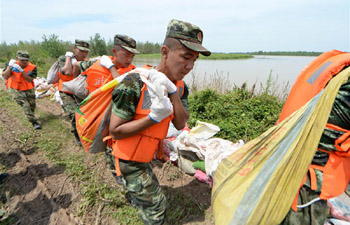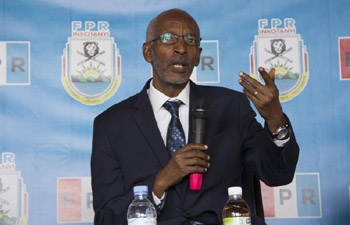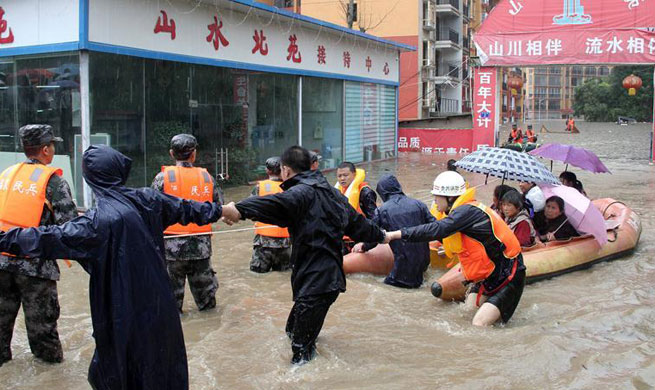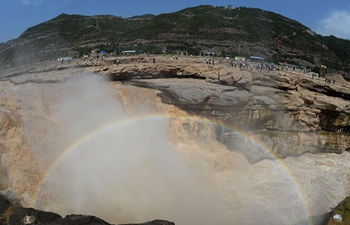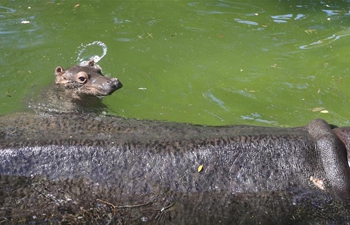VIENTIANE, July 13 (Xinhua) -- The World Bank will provide 30 million U.S. dollars to Laos as part of its continuing support for disaster risk management projects that will enable the Asian nation to mitigate natural disasters, local daily Vientiane Times reported Thursday.
The World Bank's Board of Executive Directors in Washington approved financing support of 30 million U.S. dollars for the Laos Southeast Asia Disaster Risk Management (DRM) Project and 25 million U.S. dollars of additional funding for the Mekong Integrated Water Resources Management (MIWRM) Project.
The DRM Project will benefit communities across Laos through measures, such as more reliable early warning information and improved disaster recovery financing mechanisms, according to the World Bank.
The water management project will benefit the general population through better monitoring by establishing a national water quality laboratory and assessing water availability under different climate conditions.
"As Laos rapidly develops, more natural resources will risk depletion or contamination, and more people and assets will be exposed to disaster risks, unless necessary investments are made," the report quoted Ellen Goldstein, the World Bank Country Director for Laos, Cambodia and Myanmar, as saying,
Lao Deputy Minister of Planning and Investment, Khamlien Pholsena, said the government welcomed the World Bank support to improve disaster resilience and to better manage the country's rich water resources as this is aligned with the priorities of the Eighth National Socio-Economic Development Plan for 2016-2020.
The DRM Project aims to reduce the impact of flooding and enhance the government's capacity to provide hydro-meteorological services and finance disaster response to national emergencies.
The water management project seeks to develop a functional national level water resources management system to sustainably manage hydropower, irrigation and water supply resources, while protecting the environment and reducing flood and drought risks associated with climate change.





